About Varieties Grown
Having avoided the phylloxera plague towards the end of the 19th century, the Canary Islands are now considered a unique viticultural haven in the world and home to dozens of indigenous varieties. Grape variety images were kindly supplied by GMR Canarias
Our Varieties
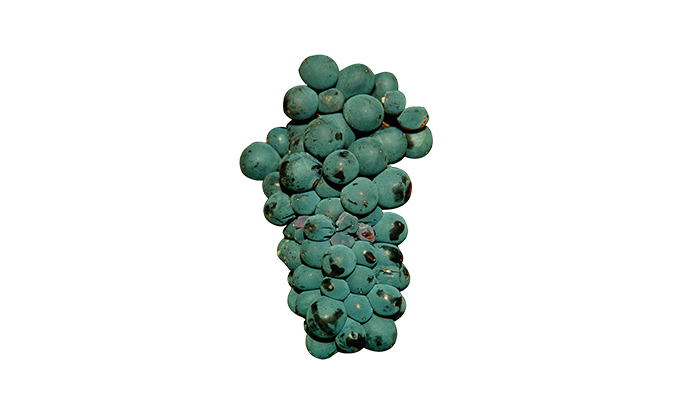
Baboso Negro
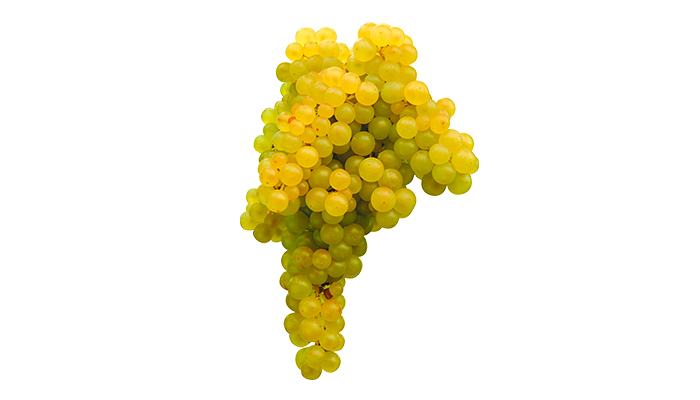
LISTÁN BLANCO
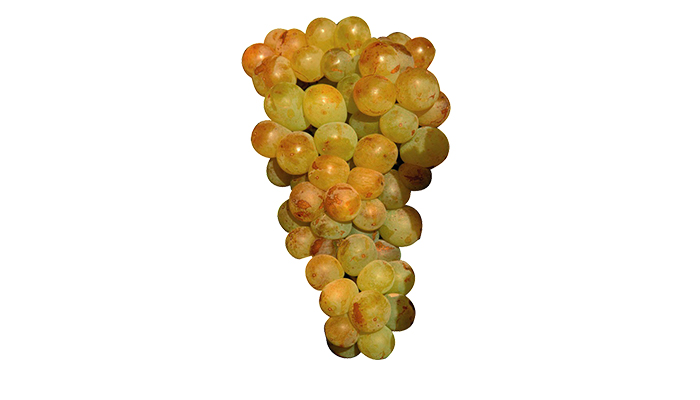
MALVASIA VOLCANICA
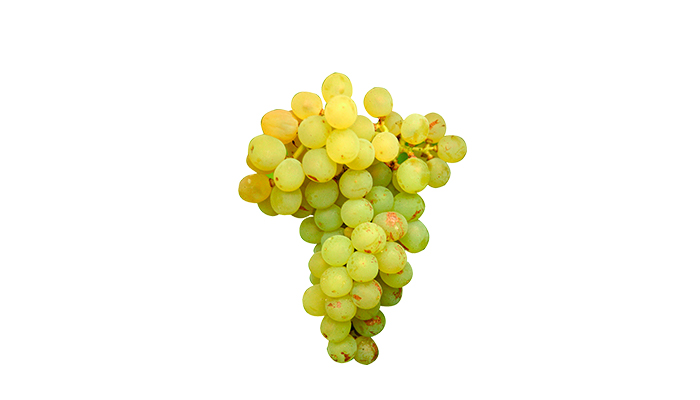
MARMAJUELO
Mostly grown in Tenerife, El Hierro and La Gomera, Marmajuelo is being planted in many new vineyards due to its potential for the production of quality wines. Fragrant and persistent with notably high acidity, these wines can be intense and concentrated.
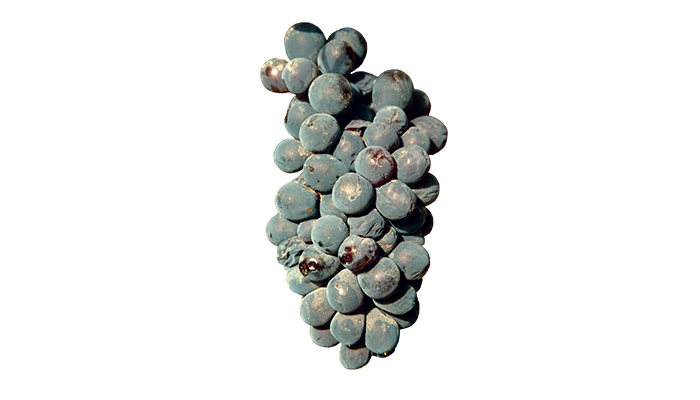
TINTILLA CASTELLANA
Tintilla doesn’t appear to have a genetic connection to any other grape in the region. Tintilla is a late ripening variety that produces low yields and tends to be grown at high altitudes; typically higher than 600 metres above sea level. It produces small bunches of grapes with darkly coloured, juicy berries.
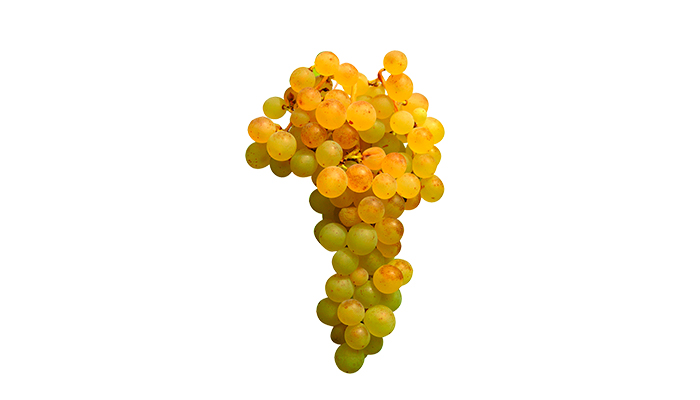
VIJARIEGO BLANCO
When grown in El Hierro, where it is sometimes referred to as Verijadiego, and in the Northwest of Tenerife, it is the most acidic grape variety in the Canary Islands. This grape variety is entirely unique to the islands and has yet to be found anywhere else in the world.
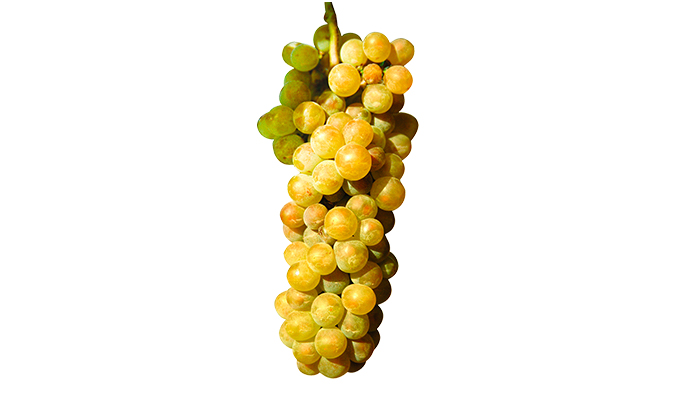
ALBILLO CRIOLLO
A white grape variety that is particularly prized in La Palma, where it’s considered to be the island’s specialty. Increasingly, growers across the whole archipelago are celebrating the potential quality of Albillo Criollo. It´s famously found in Vinos de Tea in La Palma.
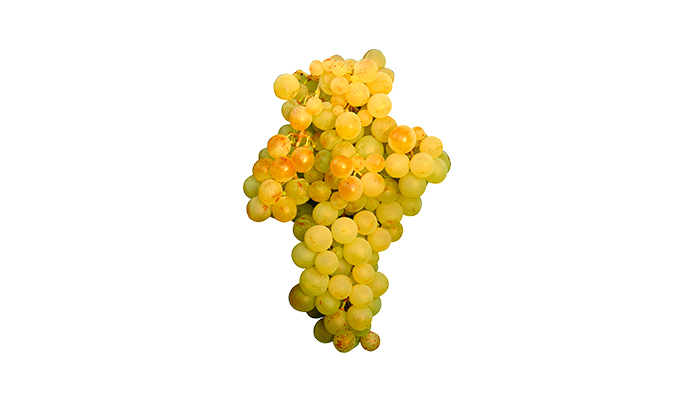
BURRABLANCA
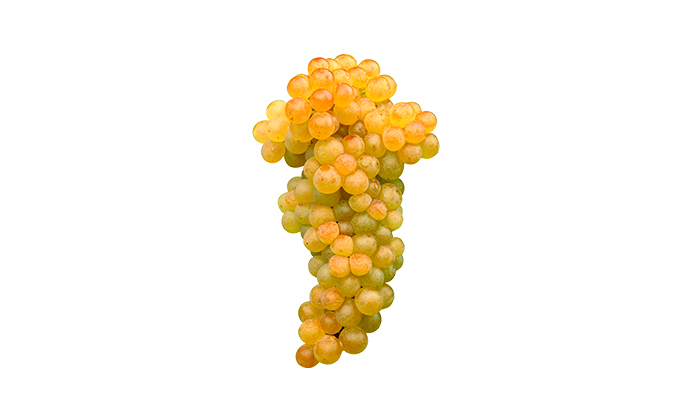
FORASTERA GOMERA
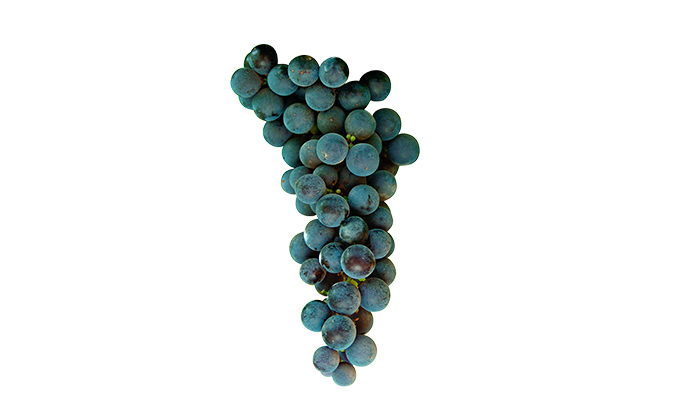
LISTAN PRIETO
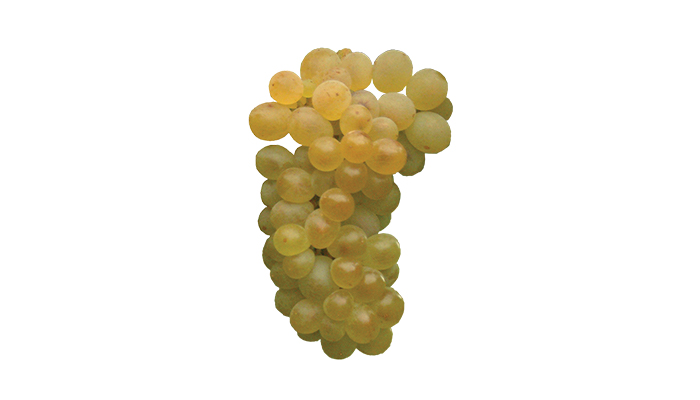
PEDRO XIMÉNEZ
Grown throughout Spain, Pedro Ximénez is valued for its ability to produce high yields of grapes with concentrated levels of sugar. It’s an ideal grape variety for the production of naturally sweet wines, or as a component in white blends, which is more common in the Canary Islands.
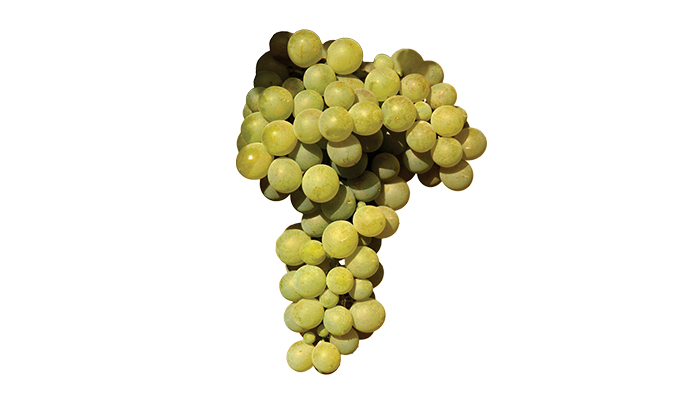
TORRONTÉS
Although there are records that suggest Torrontes has been grown in the Canary Islands since the 15th century, its modern day cultivation is largely new and experimental.
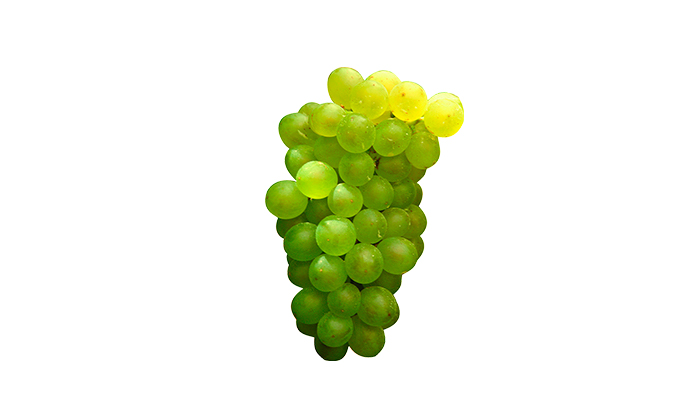
Baboso Blanco
A very rare grape, grown mainly in El Hierro between 300 and 700 meters above sea level. Fragile and difficult to grow, the few who do are rewarded with notes of apricots and tropical fruits, with great natural freshness.
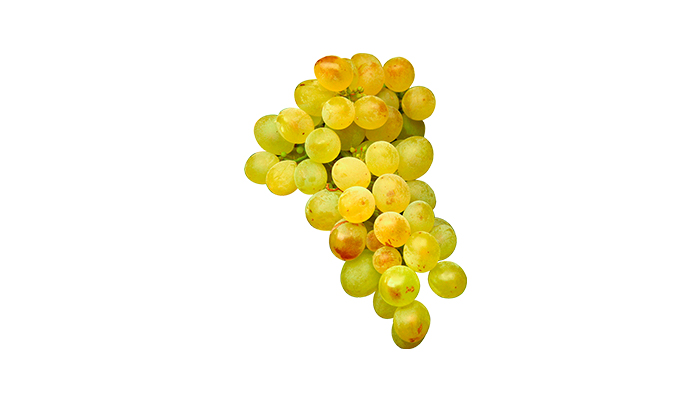
Gual
A white grape variety that arrived in the Canary Islands from Madeira, where it’s more commonly known as Bual. Gual is an early ripening grape variety with medium sized bunches. It tends to be grown at lower altitudes in El Hierro, Tenerife and La Palma.
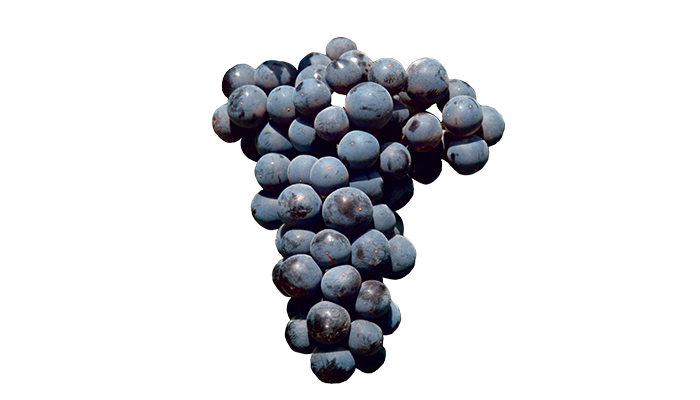
LISTÁN NEGRO
Commonly confused with Listán Prieto, studies show that Listán Negro is actually a natural crossing of Mollar Cano and Palomino Fino. The most planted red variety in the Canary Islands, Listán Negro has a natural affinity with the soils and micro-climates of Tenerife, where it produces strong yields of ripe grapes on its volcanic soils.
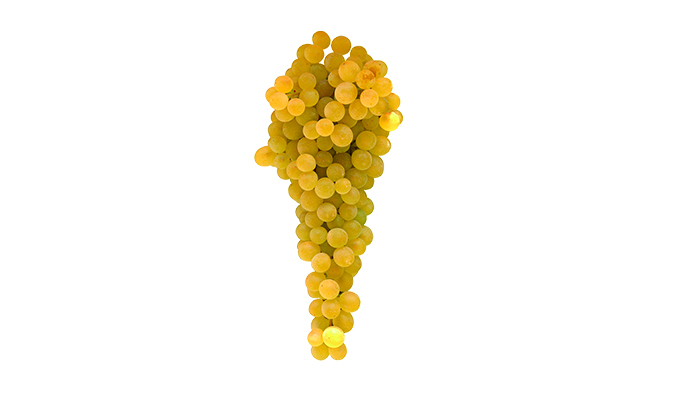
MALVASIA AROMATICA
First introduced to the Canary Islands in the 15th century, is cultivated mainly in Tenerife and La Palma. Malvasía Aromática is at its most intense when produced as a sweet wine from late-harvested grapes.
MALVASIA ROSADA
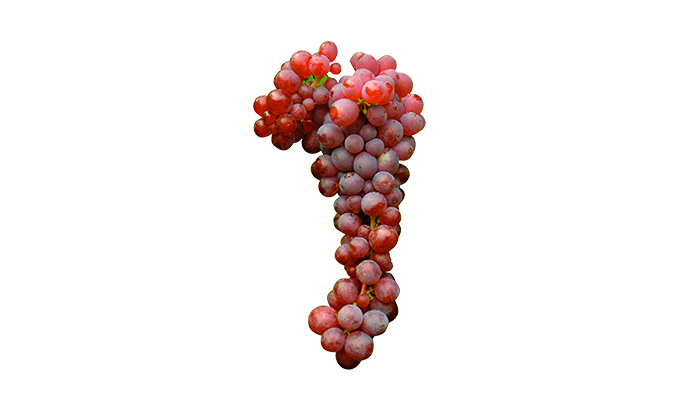
MALVASIA ROSADA
Mostly grown in La Palma, Tenerife and La Gomera. It is used predominantly for the production of rosé wine.
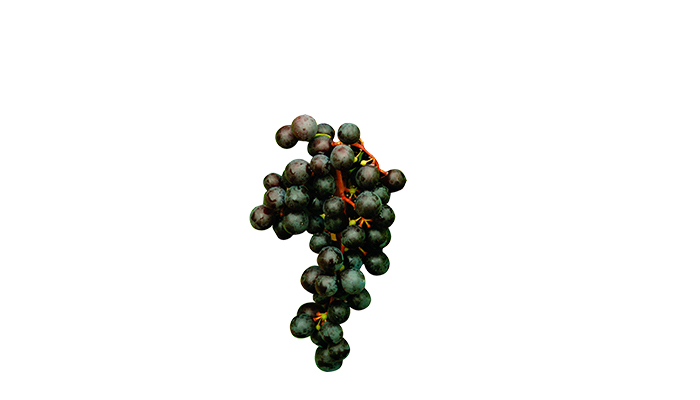
NEGRAMOLL
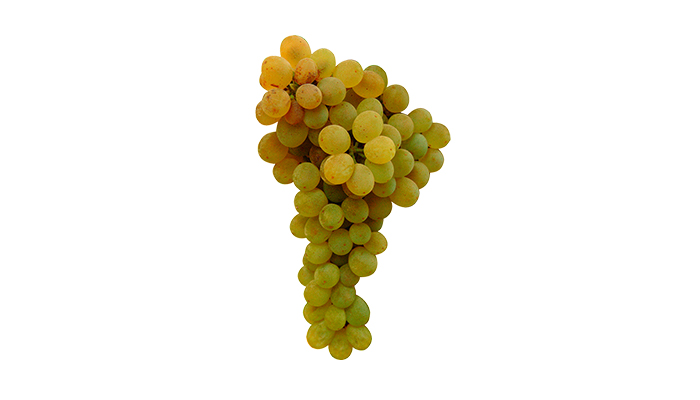
VERDELLO
Also grown in the North of Portugal and across Macaronesia (Azores, Maderia, Canarias and Cape Verde), Verdello is a variety with a short growing cycle, low yields and produces small clusters. Aromatically, Verdello is exotic and engaging, with aromas of lychee and quinche, balanced by naturally refreshing acidity.
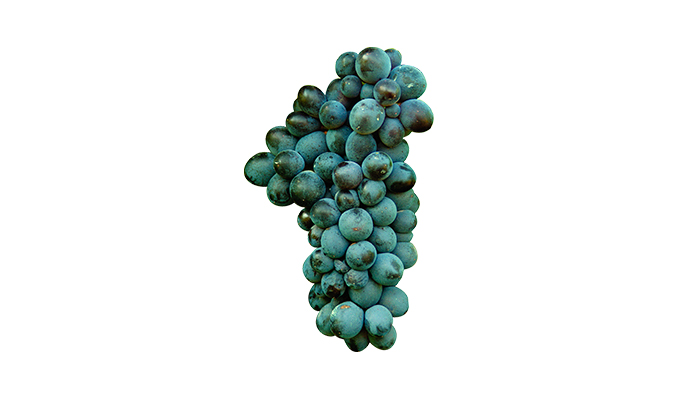
VIJARIEGO NEGRO
Historically linked to vineyards in El Hierro, this grape variety is the same as Sumoll in Catalonia, and due to its adaptable nature it can be found throughout the Canary Islands. Despite this, Vijariego Negro tends to prefer cooler vineyards sites.
BREVAL
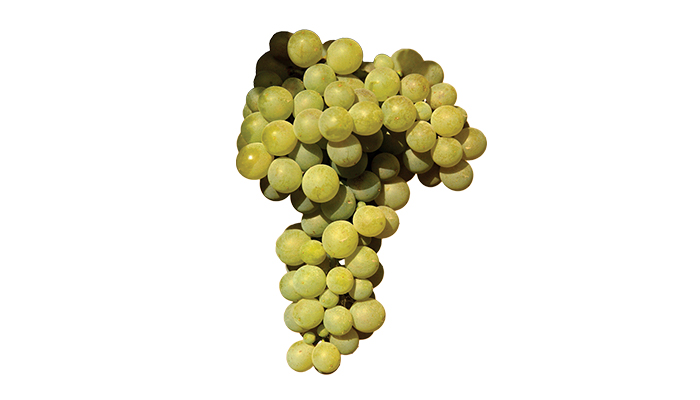
Breval
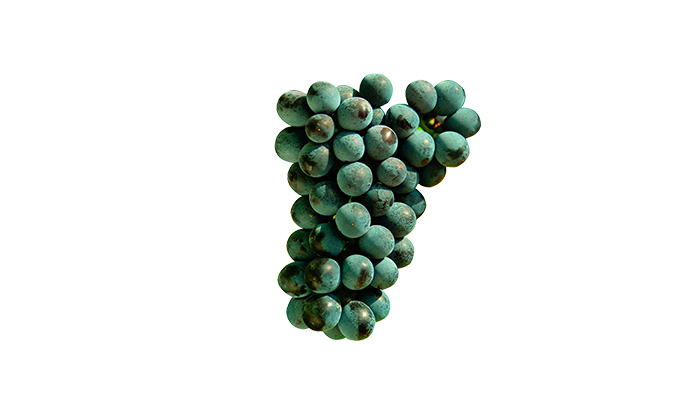
Tintilla CASTELLANA
Traditionally cultivated in Tegueste, Tenerife, together with Negramoll, Listán Negro and Tintilla, Tintilla Castellana is a vigorous red variety with a long growth cycle. It is most typically found in red blends alongside Listán Negro and is also known in the Canary Islands as Castellana Negra and in Portugal as Tinta Cao.
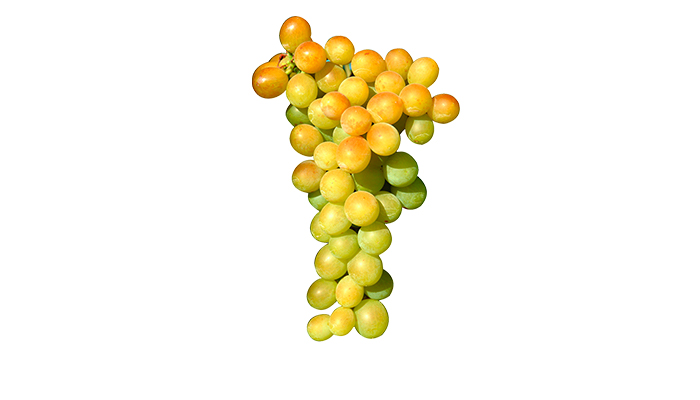
MOSCATEL DE ALEJANDRIA
Though grown throughout the islands, Moscatel de Alejandria stands out in the vineyards of Gran Canaria and Lanzarote. It produces long, compact bunches with ripe, juicy berries. The wines are expressive and aromatic, with aromas of white flowers, fresh grapes and citrus fruits. It is also a multifaceted grape variety, able to produce dry, off-dry and sweet wines.
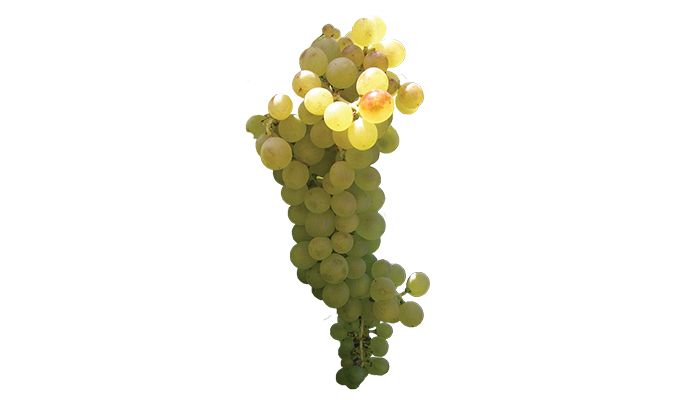
Sabro
A white grape variety, exclusively grown on La Palma, often alongside Gual and Malvasía. Sabro bunches are long yet compact, with bright yellow berries. Due its vibrant acidity, Sabro is normally vinified together with other white grapes in both dry and sweet wines.




| The management of the DOP ISLAS CANARIAS carried out by AVIBO is partially financed by the Government of the Canary Islands with funds from the expenditure budget of the Instituto Canario de Calidad Agroalimentaria |
 |
| Member of the Spanish Wine Federation |
 |
Copyright 2021 DOP Islas Canarias - Canary Wine - Aviso Legal - Política de Cookies - Política de Privacidad


